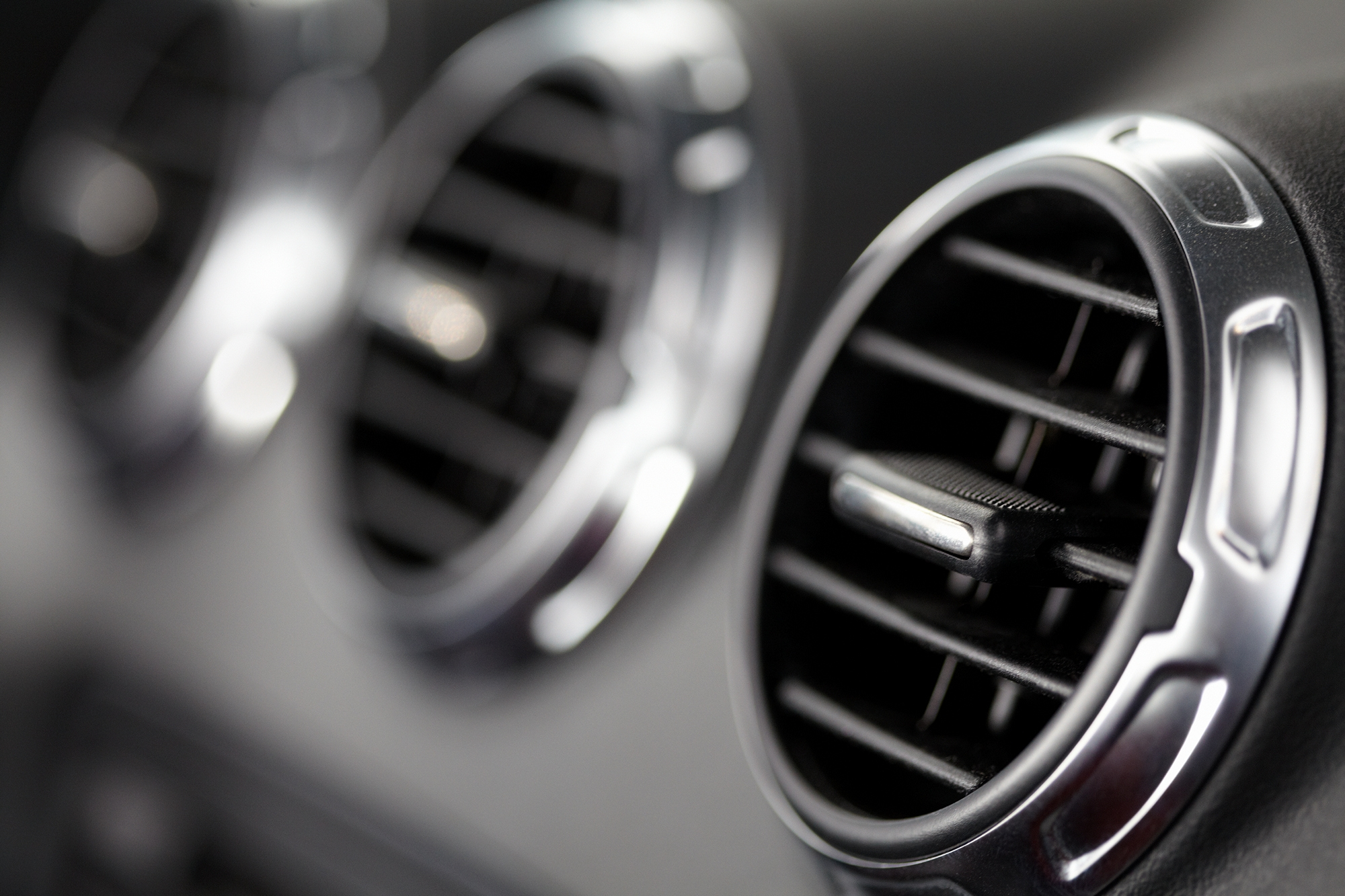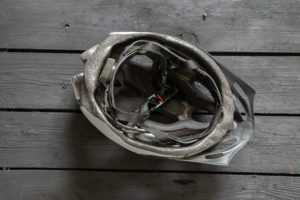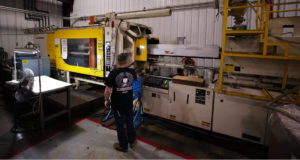Plastics are everywhere in the transport sector — forming an integral part of much larger assemblies and involve far more than power window switches or air conditioning vents. The versatility of thermoplastic materials lends itself to many applications in cars, buses, trains, airplanes, and beyond.
Manufacturers continue to expand what’s possible since plastic is already a significant part of this industry. The future of transportation lies in part with better plastic applications. To understand why, we must first examine what drives the adoption of more plastics in transportation.
Why Are Injection Molded Plastic Auto Parts So Popular?
Several key factors make plastics a go-to resource for transportation manufacturing. These material qualities offer advantages over traditional resources such as metals.
Plastics provide:
- Resistance to many forms of corrosion, but especially rust, a paramount transportation concern.
- Supports insulating spaces against sound or vibration.
- Durability that can withstand very high temperatures and still meet flammability standards.
- Strength capable of enduring long-term exposure to chemicals, oils, fuel, and motor lubricants.
- Aesthetically pleasing options for public-facing applications.
Though these are some of the fundamental reasons to select plastics, the choice ultimately produces benefits in the form of performance, business improvements, and aesthetic changes.

Breaking Down the Advantages of Plastic Auto Parts
What makes plastics an integral part of the future of transportation? Changing economic conditions and increasingly demanding designs require innovation. Here’s how plastics in transportation get the job done.
Enjoy fuel savings in an eco-conscious world
Fuel consumption has always been a concern, but it continues to grow. Reducing emissions while extending range is a critical consideration in every corner of the industry.
Today, plastics replace metal parts that add weight and increase fuel usage. Plastics also play a central role in electric vehicles, battery components, and beyond. Plastics account for some 50% of a vehicle’s volume, yet less than 10% of its total weight. These changes significantly improve fuel economy.
Improve performance through lighter weight
Less weight doesn’t just help improve fuel consumption in planes or automobiles. It can also help improve performance. More efficient consumption means an extended range. In EVs, lighter weight directly affects how long one can go between charging sessions. These performance improvements are essential to consumers who experience them firsthand.
Achieve a wide range of design outcomes
Plastic injection molding supports simple and nuanced part designs. While not all geometries work in injection molds, many do — making them ideally suited for producing a vast range of products. Design versatility is why plastics continue taking over for other vehicle materials. Acrylic panels for dividers replace glass on buses. Pickup trucks have plastic bed liners instead of bulky metal designs. Plastics can work in exterior and interior design applications, from mechanical components to everyday touchpoints.
Enhance cost-effectiveness
Don’t overlook the material cost of plastic vs. working with metals. Although upfront costs are associated with designing and building mold tooling, those molds can produce hundreds of thousands of parts. Machining in metal can be costly and time-consuming — not to mention wasteful. Access to raw materials at the right price can be a challenging game of forecasting and ordering. Plastics offer a more reliable, accessible, and highly future-proof option.
Achieve Aesthetic Successes With Plastics
With plastic, auto parts manufacturers have many options for performance-related improvements. However, this material also plays a crucial role in defining future looks. Plastics can come in virtually any color, and a wide range of finishing options creates many opportunities for different visual effects. Advanced manufacturing that combines various materials with plastic opens even more doors.
Plastics help create the sleek and modern aesthetics that consumers want to see. Consider the interiors of today’s popular electric vehicles. The entire area around the driver and passenger may contain many plastic components, from the cup holders and knobs, to the switches and touchscreen bezels. All these offer lightweight yet attractive applications.
The versatility of molding technology means new shapes and styles are always possible. Imagination and creativity meet with technology and expertise to produce plastic parts that provide high quality and even luxury. Combined with their other material advantages, plastics in transportation should be a key focus.
Staging for Future Success With Plastic Investments Today
Metals are no longer the only or best option for many applications. Better material choices make a difference, especially in an industry where fuel economy and environmental impacts are top of mind. The appropriate investment can lead to several positive impacts on businesses.
These can include:
- Cost savings generated during manufacturing.
- Less material waste.
- Improved part quality and reliability.
- Better-looking customer-facing components that inspire a sense of quality and luxury.
- Enhanced reputations for reliability, sustainability, or efficiency.
As the future will potentially rely heavily on plastic injection molded auto parts and others, acquiring these capabilities today is vital.
Discover Options for Professional Automotive Plastic Services
From extensive weight-reducing projects to aesthetic improvements for future designs, plastics support critical projects in transportation. These touch virtually every type of vehicle in the industry. The right partner is essential to tap into the benefits these materials offer. Reliant Plastics delivers decades of experience in mold design and manufacturing.




